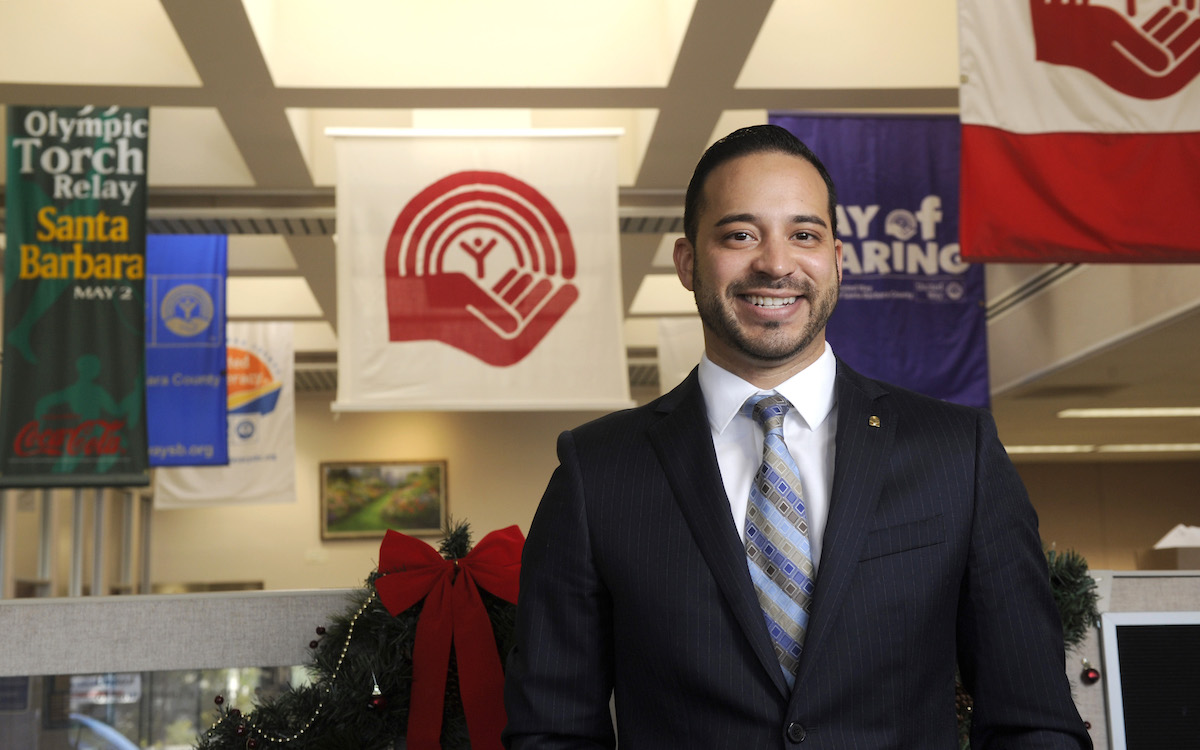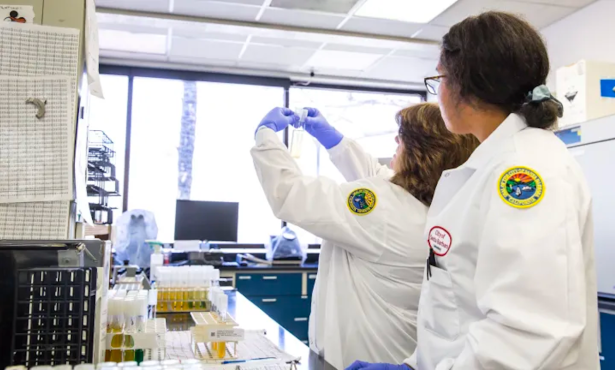COVID-Related Eviction Protections Getting Iffier
United Way of Santa Barbara County Swiftly Funneling Emergency Rental Relief Dollars, but Time and Money Running Out

Any cash-strapped tenant would have good reason to wonder whether the patchwork of eviction protections that have held sway since early in the pandemic were still in place.
The federal moratorium on COVID-related evictions expired July 31, and this week — after a handful of Democratic congressmembers joined ceremonial sleep-ins on the Capitol steps — President Joe Biden ordered the Centers for Disease Control to extend the tenant protections despite concerns the Supreme Court might rule them unconstitutional.
Whatever happens with the federal protections, California’s own eviction moratorium remains firmly in place until September 30. The $64 billion question, of course, is what happens when the bills come due and can’t be paid?
In Santa Barbara County, the United Way has proved exceptionally swift in funneling $13 million in emergency rental relief dollars made available by the federal Department of the Treasury to needy low-income tenants — and indirectly to their landlords — who otherwise could find themselves on the streets when such protections expire.
To date, the United Way has distributed emergency rent and utility payments to 1,333 households — with median household incomes of $25,200 — or 4,399 individuals. The average payment is $4,846. By contrast, the state has been relatively sluggish in dispensing its $14 million pot of emergency rental gold for the same purposes.
While United Way of S.B. County and president/CEO Steve Ortiz have been processing 60 claims a week, the county has managed 10. Ortiz said the United Way learned the art of how to process emergency aid applications during the Thomas Fire. With the advent of COVID, he said the scale of claims processing jumped from the hundreds to the thousands. Ortiz said his agency has served as the portal to get $27 million in emergency funds to needy families. Other agencies, he said, hire third-party contractors to do the job.
Relative efficiencies aside, Ortiz said, the need still exceeds the assistance. The 1,333 households helped — the vast majority making less than 50 percent of the area median income — already pales in comparison to the 6,558 households that have turned in applications. Although more federal dollars are on the horizon — as many as $20 million later this month — United Way is not in a position to accept new applications. In the meantime, the state is most definitely still accepting new applications. The state fund has approximately $4 million as yet unspoken for.
CORRECTION: This story was updated to clarify that the state, not the county, is responsible for distributing funds and is still accepting new applications for rental relief.
At the Santa Barbara Independent, our staff continues to cover every aspect of the COVID-19 pandemic. Support the important work we do by making a


